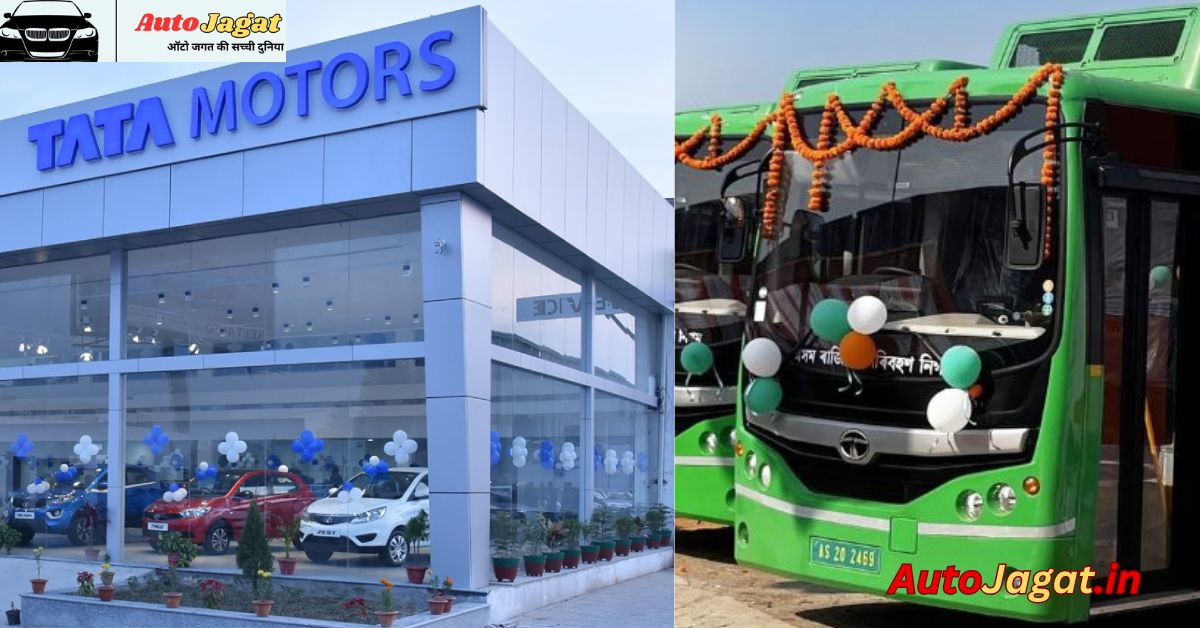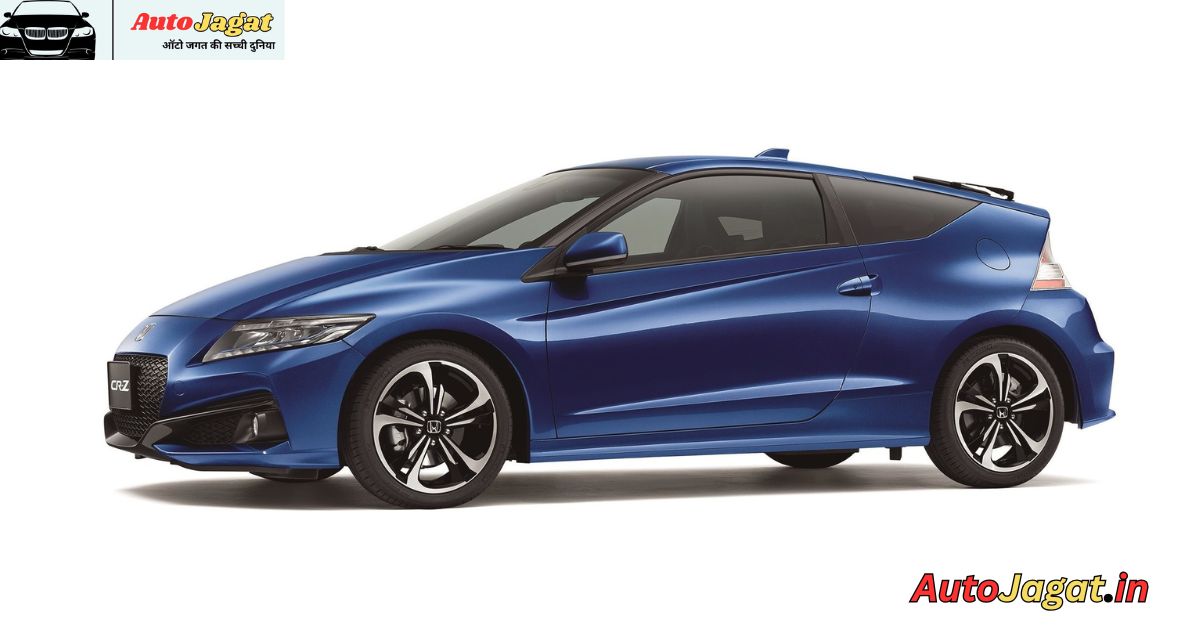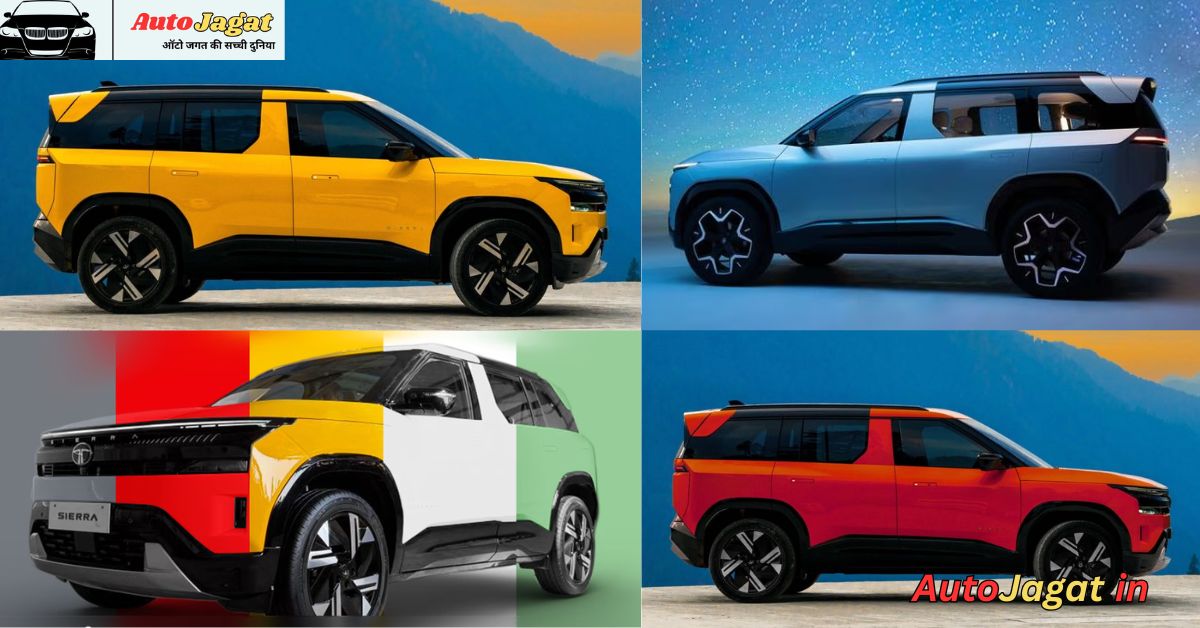In a milestone move for India’s electric mobility landscape, Tata Motors has entered into a transformative Memorandum of Understanding (MoU) with Green Energy Mobility Solutions (GEMS)—the electric mobility arm of Universal Bus Services (UBS)—to supply 100 Magna EV intercity coaches to Tamil Nadu. Announced on August 1, 2025, during the Passenger Vehicle Expo 2.0 in Chennai, this partnership marks a key step in the state’s journey toward cleaner, more efficient transport infrastructure.
A Powerful Alliance for Sustainable Mobility
The MoU was signed in the presence of Tamil Nadu’s Industries Minister T. R. B. Rajaa, underscoring the government’s strong backing for sustainable public transport solutions. UBS—renowned for its intercity travel services across South India—has leveraged GEMS to spearhead its electric transition strategy, focusing both on EV deployment and charging infrastructure.
What Makes the Magna EV Stand Out
Under this MoU, Tata Motors will supply 100 Magna EV coaches, each:
- 44-seater electric intercity vehicle
- Offering an impressive range of up to 300 km on a single charge
- Equipped with Electronic Braking System (EBS) and Electronic Stability Control (ESC) for enhanced safety.
In practical terms, these features translate to a safer, more reliable, and eco-friendly intercity travel experience.
Why This Partnership Matters
- Empowering Cleaner Travel
With zero tailpipe emissions, the Magna EVs offer a cleaner travel alternative—aligning with Tamil Nadu’s sustainability goals. - Operational Efficiency and Cost Savings
Electric buses typically present lower operational and maintenance costs in the long run. GEMS, in collaboration with Tata Motors, expects to capitalize on these advantages—making public transport more economical and accessible for passengers. - Enhanced Safety & Comfort
The EVs are designed with passenger well-being in mind: ergonomic seating, advanced braking systems, and a stable drive quality all contribute to elevated travel experiences. - Stronger EV Ecosystem
Beyond vehicle supply, this deal strengthens the EV ecosystem—spurring the development of necessary charging infrastructure and service support in Tamil Nadu.
Broader Impact on Tamil Nadu’s Mobility Landscape
This initiative arrives at a critical juncture. Tamil Nadu, long celebrated as a hub for manufacturing and automotive innovation, is now ramping up efforts to reduce carbon emissions and modernize mobility solutions. The MoU not only introduces EVs into mainstream intercity transit but positions the state to lead the national electric mobility agenda.
Additionally, events like the Passenger Vehicle Expo 2.0 in Chennai underscore the rising market appetite for commercial EV solutions. Tata Motors’ showcase of its latest commercial passenger vehicles, including the Magna EV and LPO 1822, further reinforces this trend.
The Road Ahead: What to Expect
- Synchronized Rollout: While Tata Motors has committed to supplying 100 Magna EVs, the timeline for deployment and route allocation with GEMS is yet to be clarified.
- Public Adoption: How passengers respond—in terms of comfort, reliability, and affordability—will be key to this model’s success.
- Infrastructure Deployment: GEMS and Tata Motors will need to support these EVs with efficient charging infrastructure and service networks to maximize uptime.
- Scalability & Expansion: Should the pilot prove successful, it could trigger broader deployment across other Indian states, setting a precedent for nationwide intercity EV adoption.
Looking Forward
This MoU between Tata Motors and Green Energy Mobility is much more than a vehicle supply contract—it embodies a vision of sustainable, modern intercity transit. With robust support from the Tamil Nadu government and Tata Motors’ proven track record in EV manufacturing, this initiative could spark a new era of electric mobility across India’s regional transport corridors.

Hello, my name is Himanshu Kumar and I am an experienced Digital Marketer. I have been blogging for the last 4 years and I have special interest in SEO. Here I give you easy bikes and writes easy-to-understand reviews and news about the latest bikes, helping readers choose the best options.. My aim is to always provide you with accurate, new and useful information.





